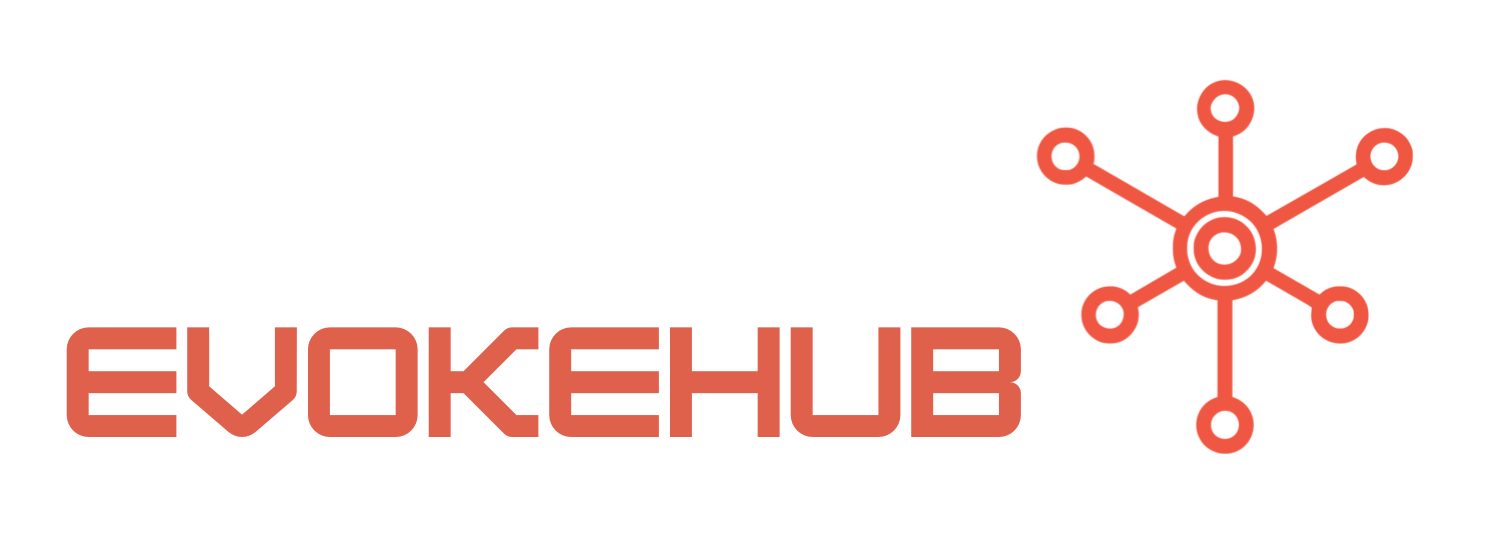Understanding FluentValidation: A Key to Robust ASP.NET Core Apps
FluentValidation is a .NET library designed to provide a fluent interface for building validation rules for your business objects. Unlike traditional data annotations that enforce validation rules directly on model properties, FluentValidation allows for a more expressive and maintainable approach. Developers can define a separate validation class for each model, encapsulating the logic needed to validate its properties. This separation of concerns leads to cleaner, more organized code that is easier to manage and test.
One of the main advantages of using FluentValidation is its support for complex validation scenarios. For instance, it allows chaining of rules, conditional validations, and custom error messages, which are essential for meeting specific business requirements. Additionally, FluentValidation integrates well with ASP.NET Core’s dependency injection system, making it easy to incorporate into existing applications. This library promotes better architecture by encouraging developers to think about validation as an integral part of their domain logic rather than just a frontend task.
Moreover, FluentValidation accommodates localization, allowing developers to provide error messages in multiple languages. This feature is particularly beneficial for applications targeting a global audience. For more details about the library, you can explore the official FluentValidation documentation.
Step-by-Step Guide to Integrate FluentValidation in ASP.NET Core
Integrating FluentValidation into an ASP.NET Core application begins with installing the necessary NuGet packages. You can do this using the NuGet Package Manager or via the command line with the following command: Install-Package FluentValidation.AspNetCore. Once installed, you can add FluentValidation to your services by modifying the Startup.cs class. In the ConfigureServices method, you need to register FluentValidation by calling services.AddFluentValidation();, which sets up the middleware required for validation.
Next, you will create a validator class for your model. For instance, if you have a User model, you would create a class called UserValidator that inherits from AbstractValidator. Inside this class, you can define your validation rules using a fluent syntax. For example, you might require that the email property be a valid email format and that the password must be at least 6 characters long. Here’s a simple implementation:
public class UserValidator : AbstractValidator
{
public UserValidator()
{
RuleFor(user => user.Email).EmailAddress();
RuleFor(user => user.Password).MinimumLength(6);
}
}Finally, to ensure that FluentValidation works seamlessly with your ASP.NET Core application, you need to apply it in your controllers or APIs. When you receive a model through a POST request, the MVC model binding process will automatically invoke the validator. If the validation fails, the framework will return a 400 Bad Request response along with error messages, thereby providing immediate feedback to the user without additional coding efforts.
Integrating FluentValidation into your ASP.NET Core applications enhances not only the reliability of your input validation but also promotes cleaner and more maintainable code. By leveraging its powerful features, you can handle complex validation scenarios while ensuring a clear separation of concerns between your validation logic and business logic. With the steps outlined in this article, you can easily get started on implementing FluentValidation, thus elevating the quality of your applications. For further reading and examples, don’t forget to check out the FluentValidation GitHub repository.




